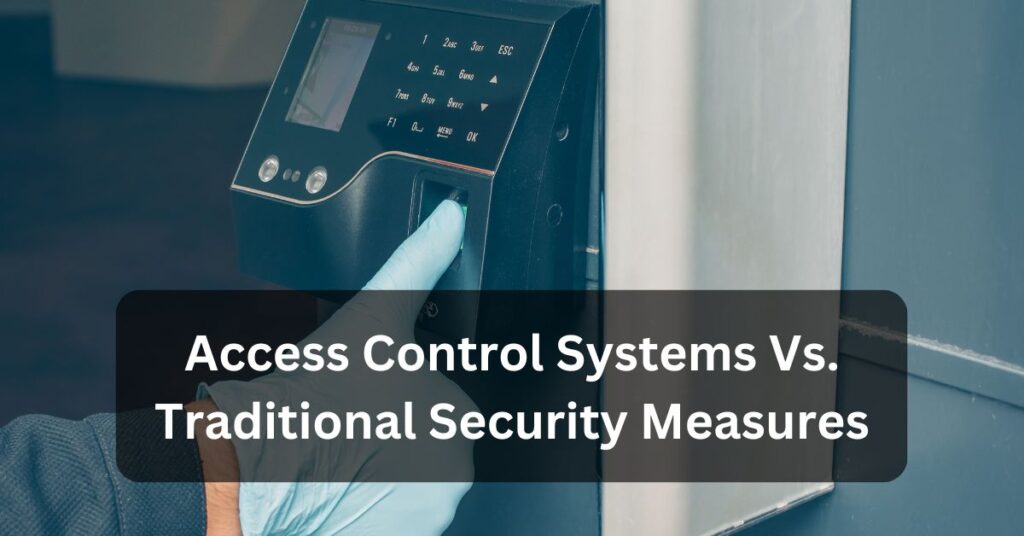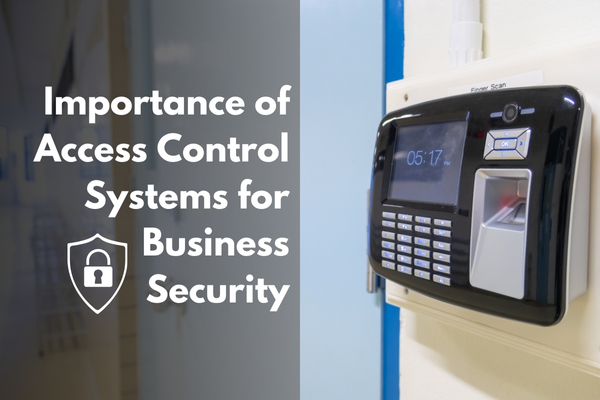Currently Empty: $0.00
A Comprehensive Guide on Vape Detection Devices
With the rise in popularity of e-cigarettes and vaping devices, concerns about the health risks and safety hazards associated with vaping have become more prevalent. To address these concerns, various industries have turned to vape detection devices as a solution to create a safe and healthy environment. These devices not only prevent vaping in prohibited areas but also protect individuals from secondhand vaping and ensure a secure environment.
In this comprehensive guide, we will explore the concept of vape detection devices, how they work, the industries that benefit from their use, and essential considerations when choosing a vape detection device. Whether you’re a school administrator, business owner, healthcare professional, or government official, understanding the importance of vape detection devices is crucial in maintaining a vape-free environment.
Contents
What is a Vape Detection Device?
A vape detection device is a specially designed sensor that can detect the presence of tobacco and marijuana smoke, as well as vapor from e-cigarettes. These devices are commonly used in schools, universities, businesses, and any other place where smoking or vaping is prohibited. Vape detection devices play a crucial role in discouraging vaping and smoking on the premises and promoting a vape-free environment.
Utilizing sensors, vape detection devices can detect the specific chemicals, compounds, or particles emitted from vaping devices. From propylene glycol to vegetable glycerin, these devices can identify substances commonly found in e-liquids. When triggered, vape detection devices emit an audible alarm or visual signal. Some advanced detectors can even automatically contact emergency services or notify responsible individuals through email, text message, or IO trigger.
How Does a Vape Detector Work?
Similar to a smoke detector, a vape detection device is installed in various locations to detect vapor from e-cigarettes, smoke, carbon monoxide, and other substances that should not be in the air. The detectors promptly notify the responsible person or authorities through a variety of communication channels when any of these substances are detected.
Vape detectors primarily work by detecting the presence of smoke and vapor in the air. These devices can differentiate between smoke and vapor, ensuring compliance with fire codes. Laser scattering sensor technology is often utilized in vape detectors to detect vape juice particles suspended in the air. With their high sensitivity, these detectors can detect even the finest particles found in vape aerosols.
While vape detectors have their limitations, such as individuals finding ways to evade detection, they still play a crucial role in catching offending individuals and raising awareness about vaping behavior.
Industries that Benefit from Vape Detectors
Several industries benefit from the use of vape detection devices to create a vape-free environment and ensure the safety and health of individuals. Here are some industries that find value in vape detectors:
-
Schools and Universities:
Vape detectors are commonly installed in educational institutions to deter teen vaping and promote a healthy learning environment. Schools play a critical role in combating the growing problem of teen vaping, and vape detectors can help in this endeavor.
By addressing the issue of teen vaping proactively, schools can maintain focus on education and offer parents greater assurance about their children’s well-being while at school. This comprehensive approach aligns with the unique needs of Texas schools, ensuring a balanced and secure educational environment.
Educational institutions in Texas should consider implementing vape detection solutions for schools in Texas to promote a healthy environment, comply with regulations, deter vaping behavior, minimize educational disruptions, and provide parental peace of mind. These solutions help create a safe and conducive learning environment by discouraging vaping on-premises, ensuring compliance with regulations, and reducing the risk of nicotine addiction among students.
-
Businesses:
Many businesses have implemented vape-free policies to protect employees and customers from the potential health risks associated with vaping. Vape detectors can help enforce these policies and create a safe working environment.
-
Healthcare Facilities:
Vaping is prohibited in most healthcare facilities due to the potential health risks and interference with medical equipment. Vape detectors can ensure compliance with these regulations and protect patients, staff, and visitors.
-
Government Buildings:
Government buildings often have strict regulations regarding smoking and vaping. Vape detectors can help enforce these regulations and maintain a safe and secure environment for employees and visitors.
In conclusion
Vape detection solutions offer a promising avenue for schools in Texas to combat the rising issue of vaping among students. By understanding the functionality of vape detectors, the industries that benefit from them, and the factors to consider when choosing a device, schools can make an informed decision to promote a vape-free environment. Installing vape detectors not only helps in detecting and deterring vaping but also sends a strong message to students that their health and well-being are of utmost importance. Together, we can create a safer and healthier future for our students.














